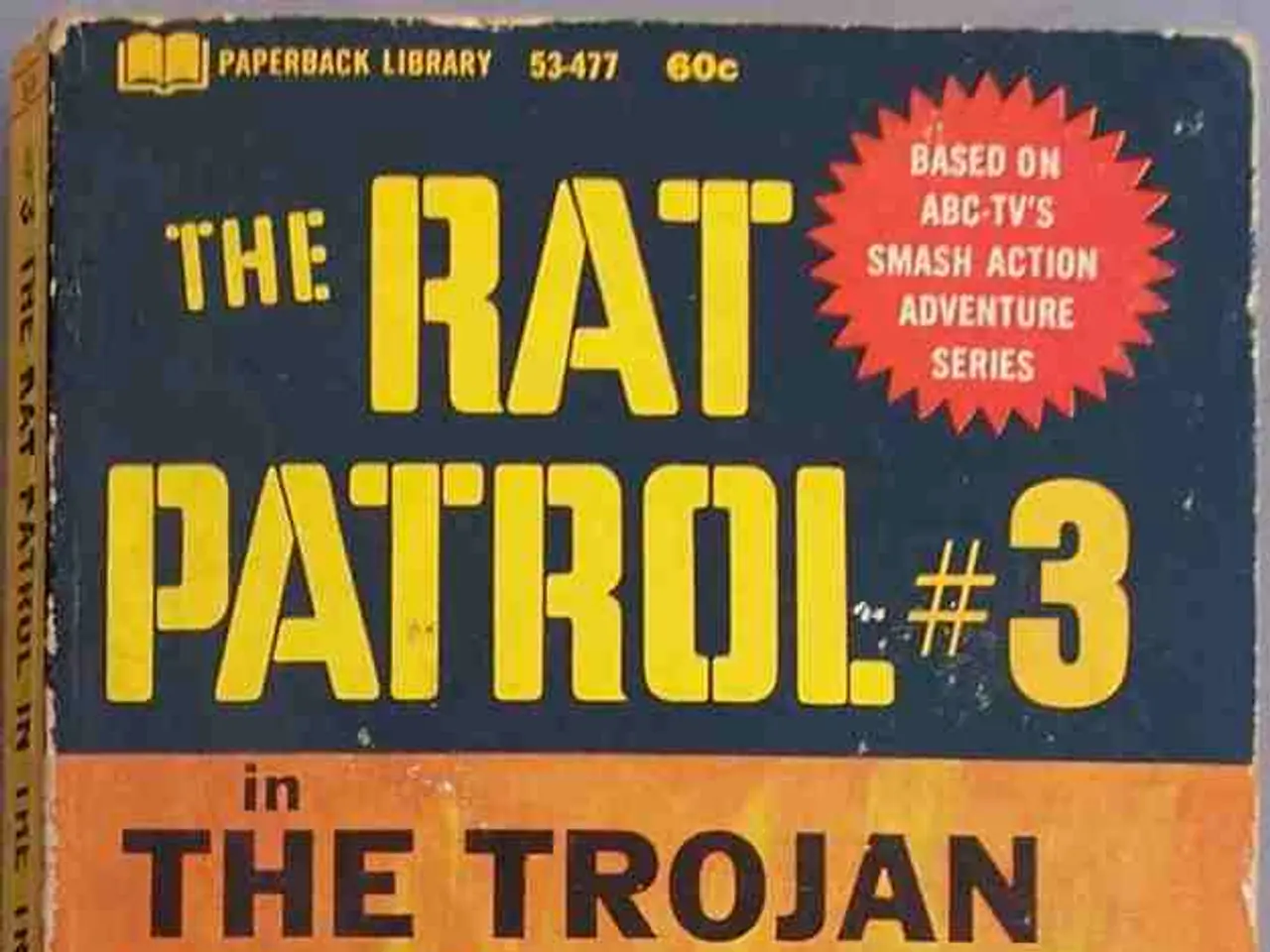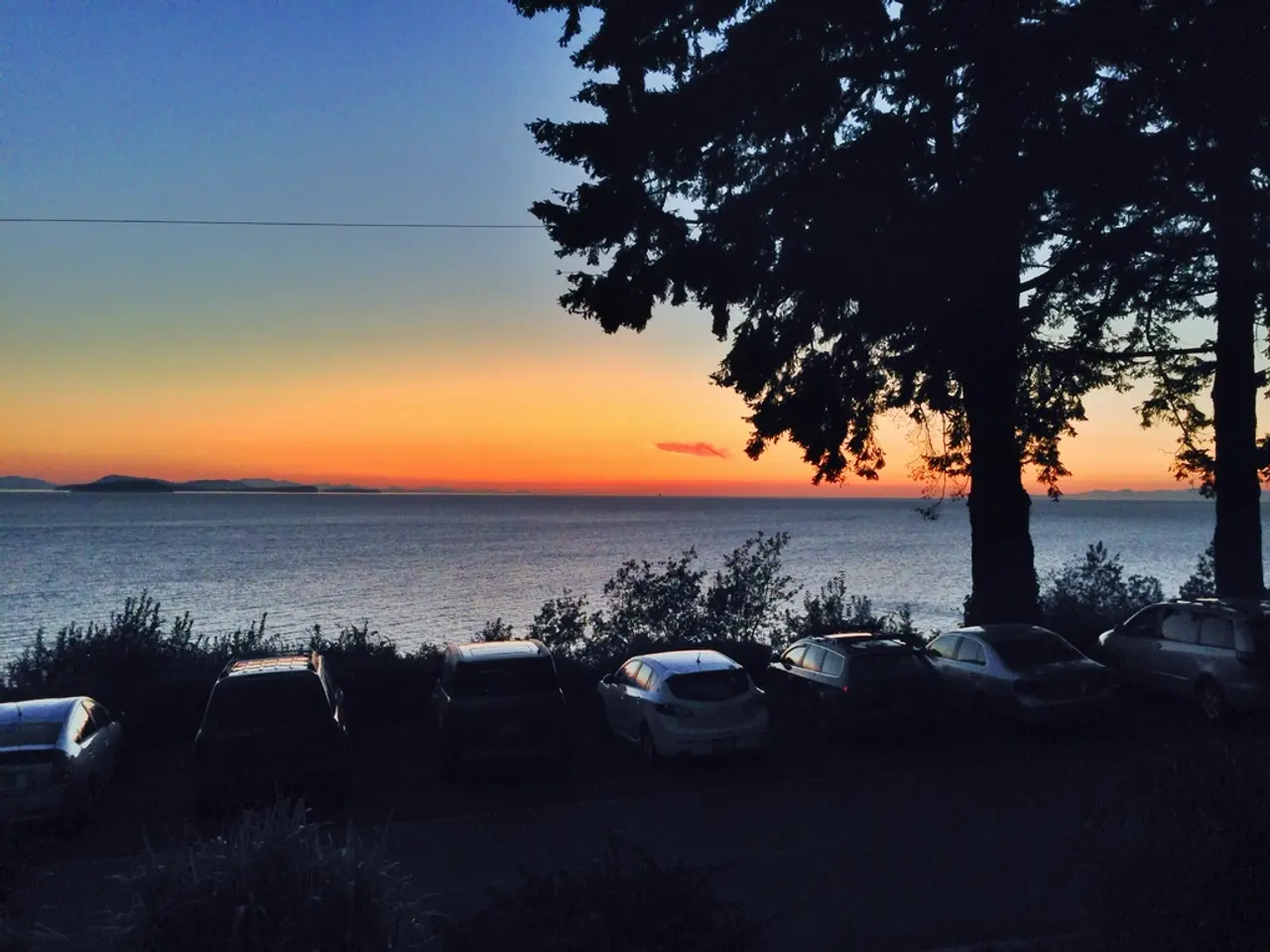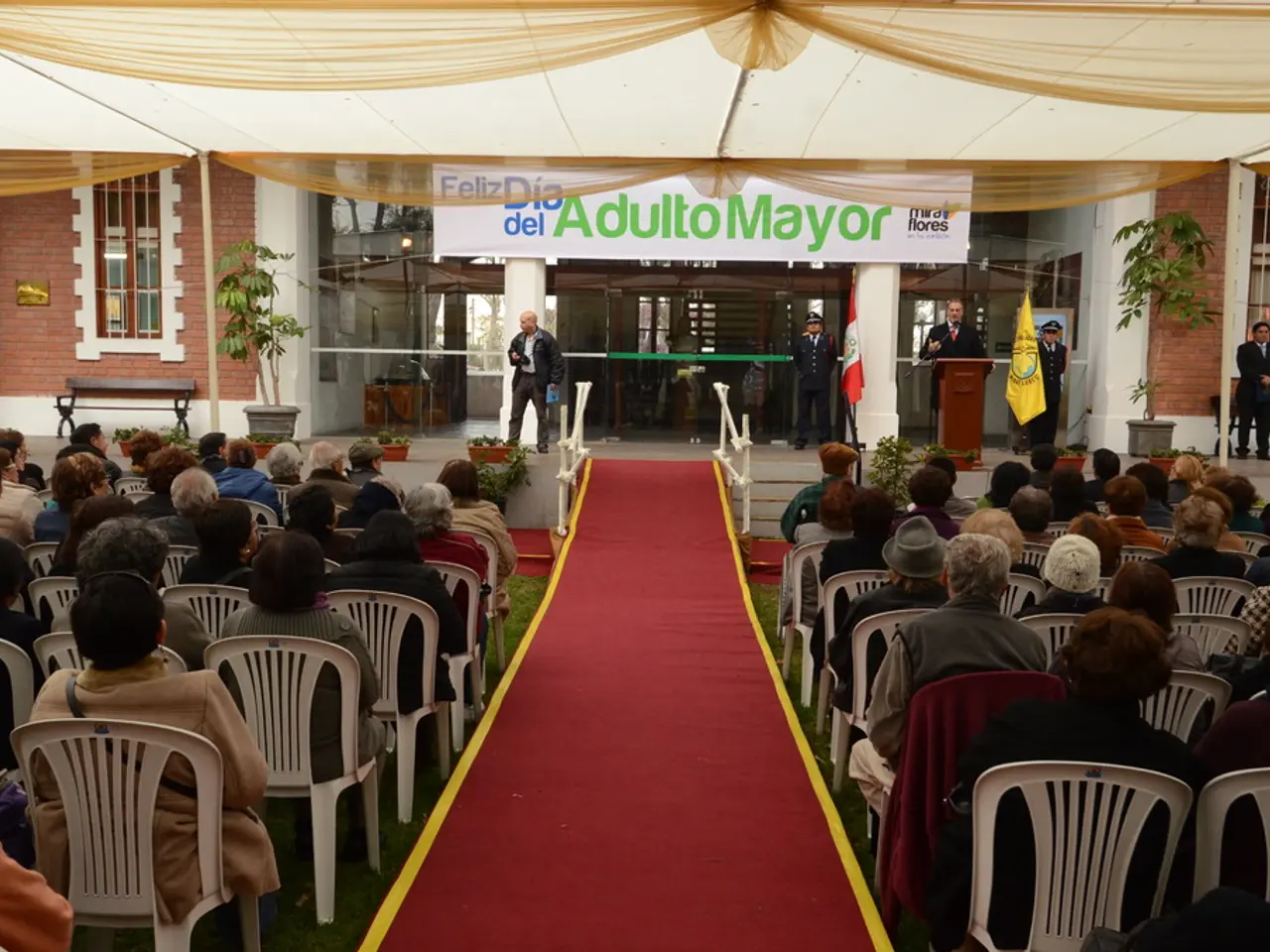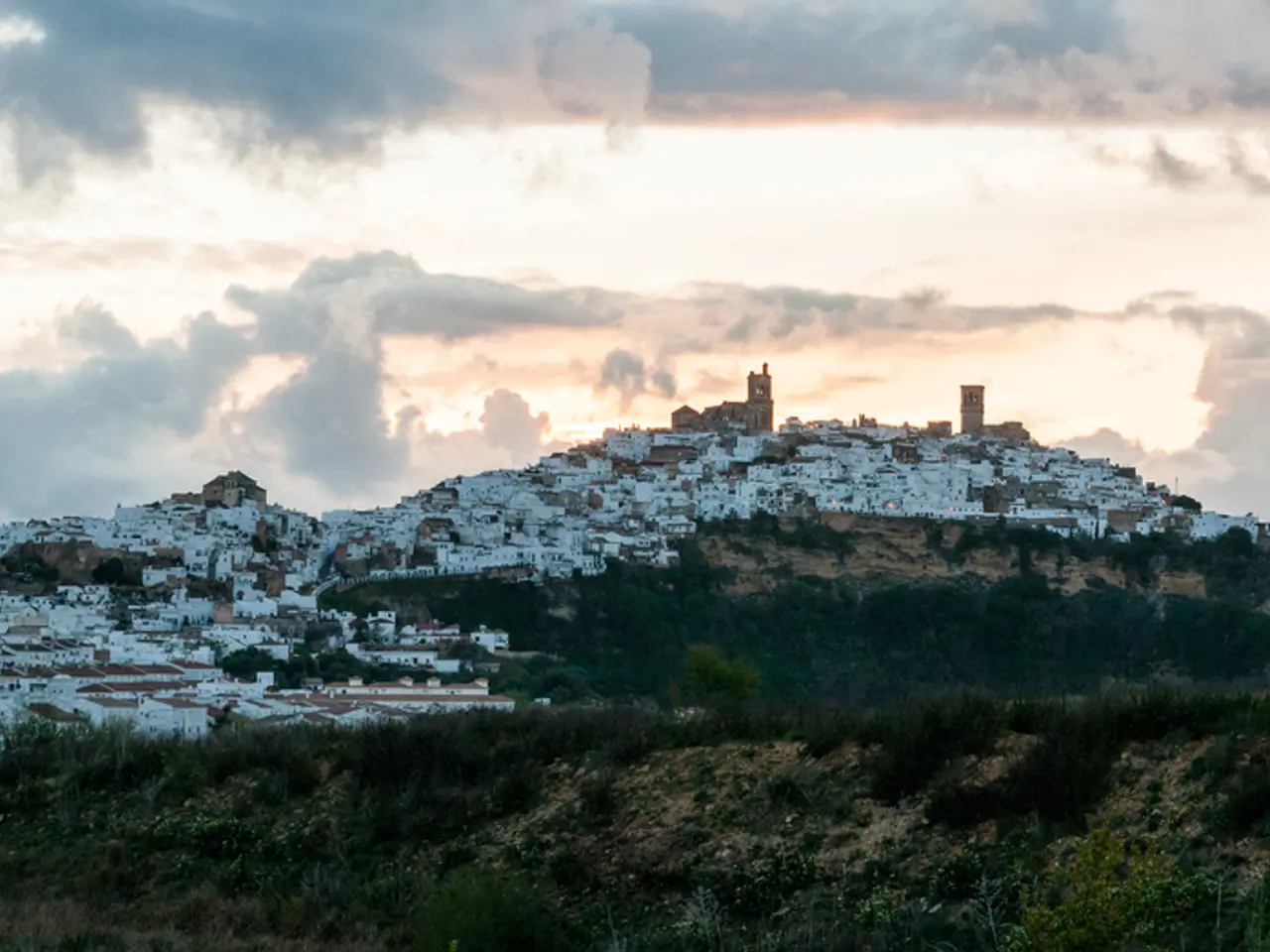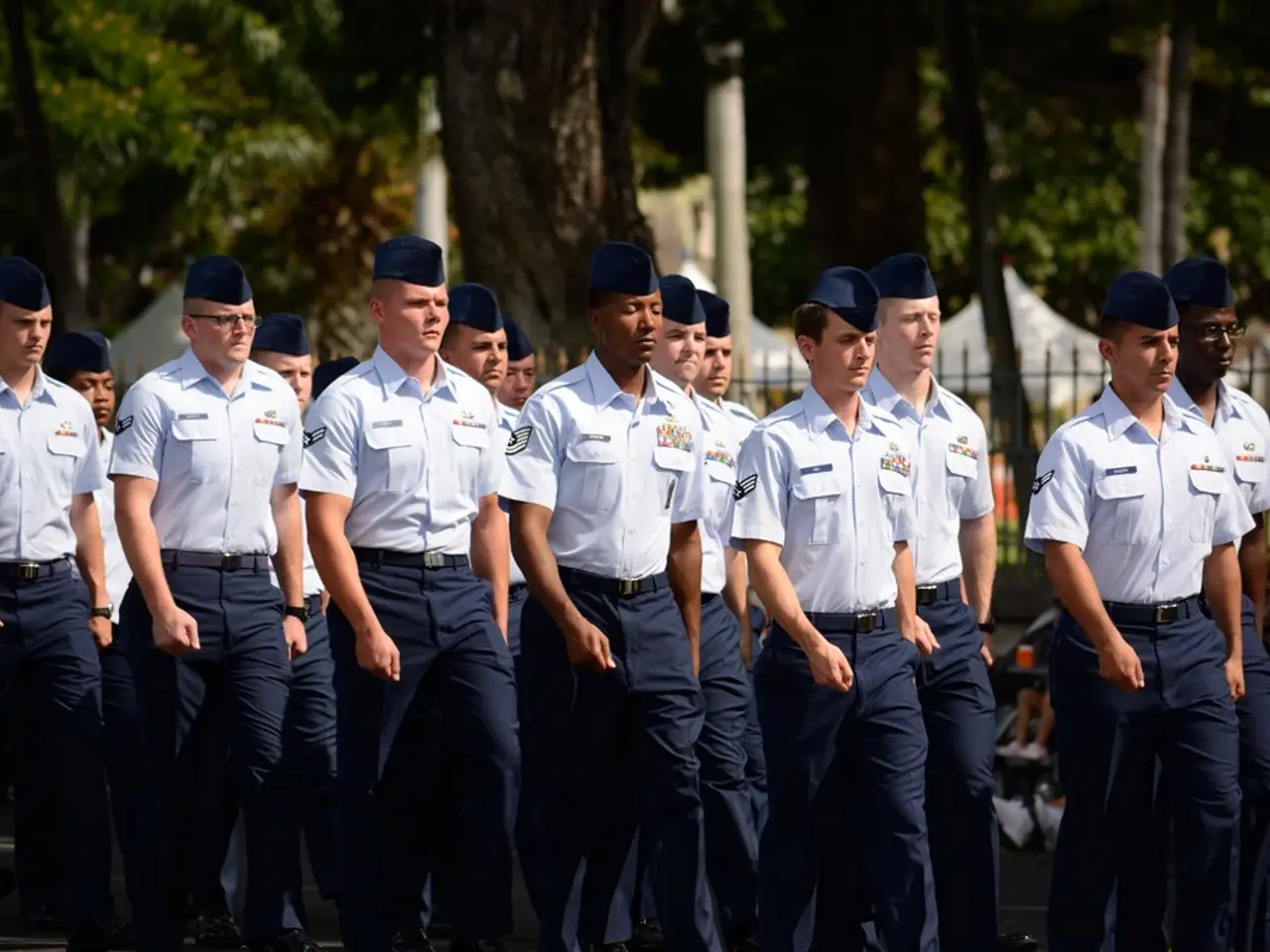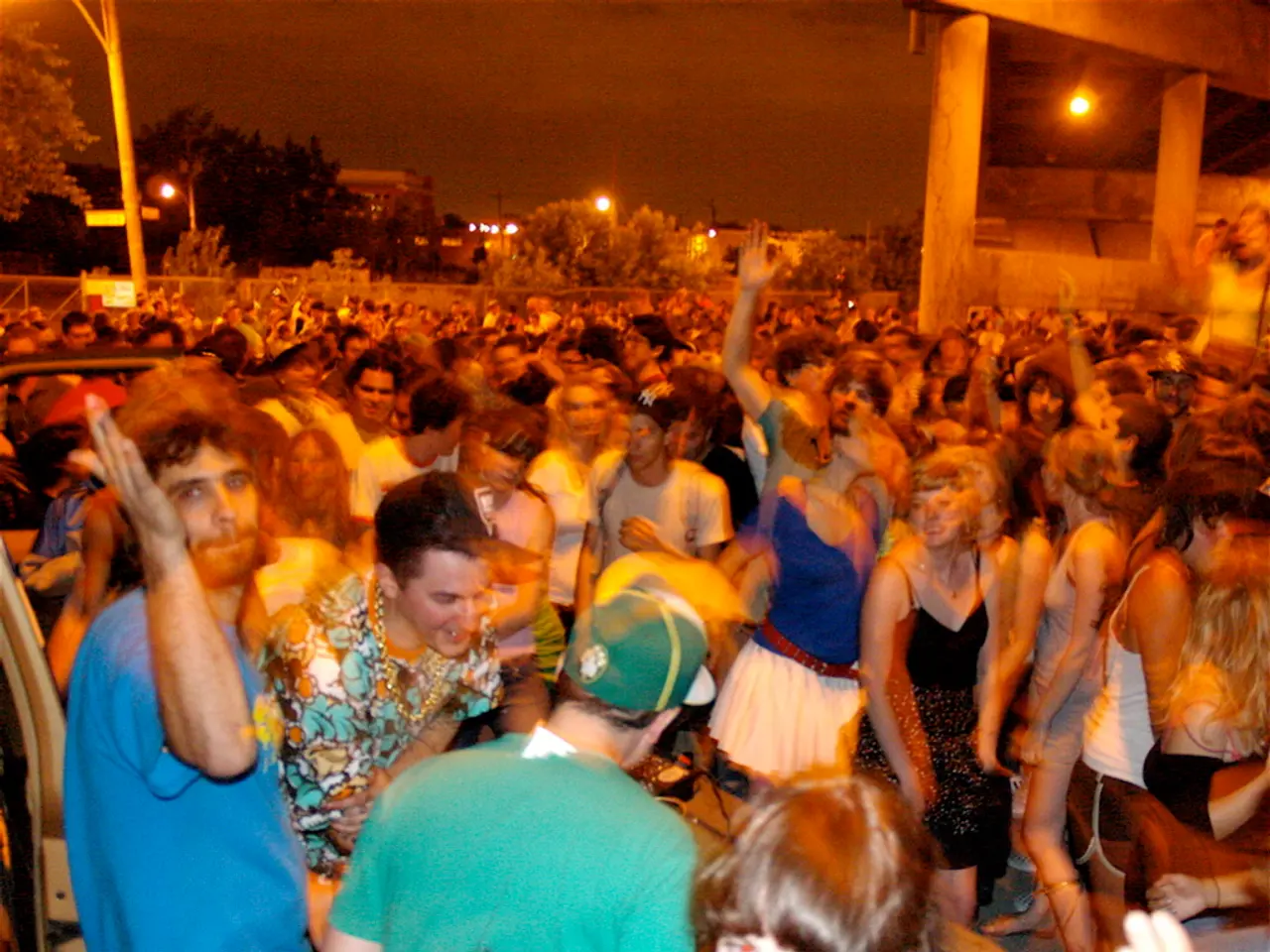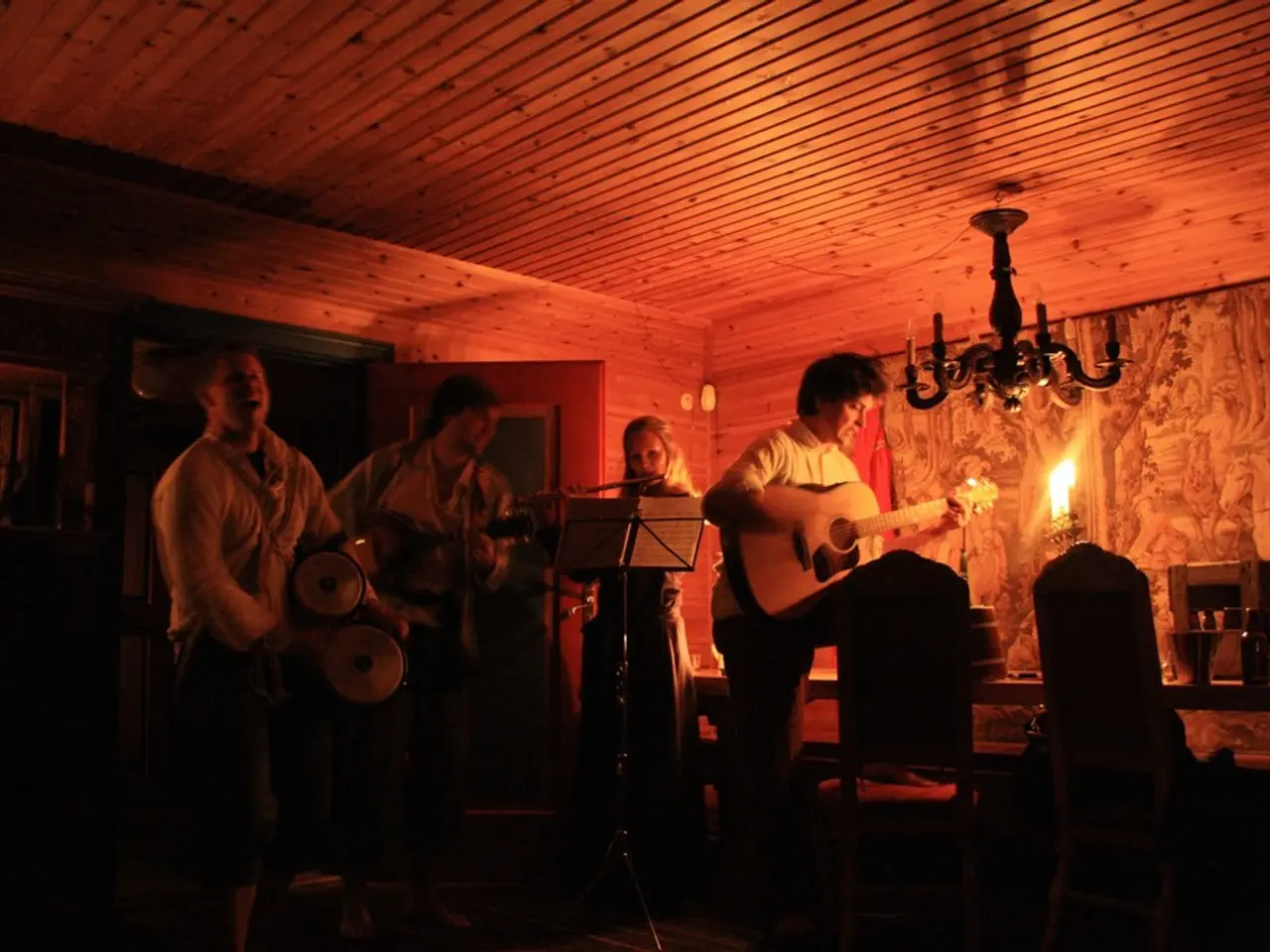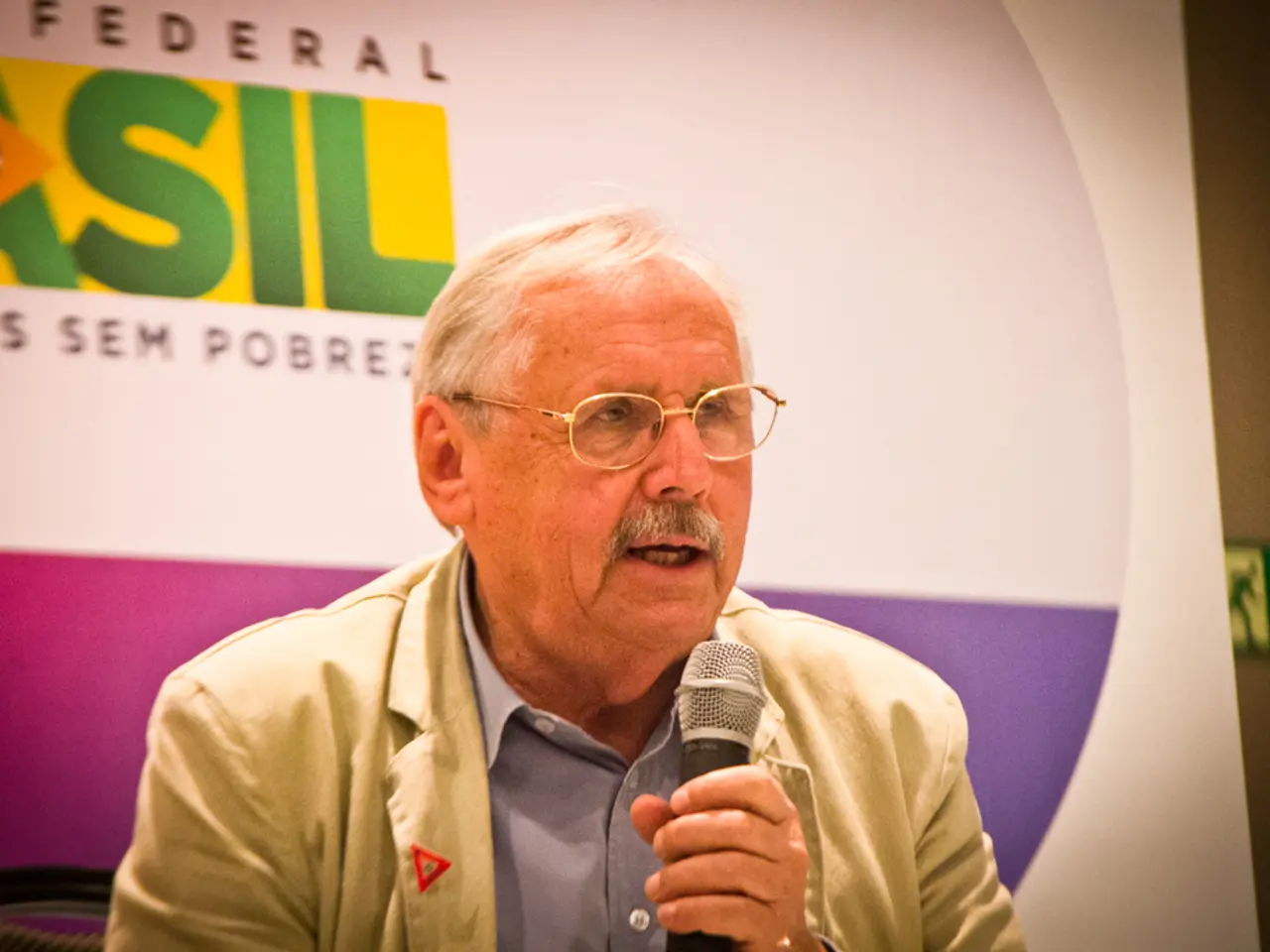Lebanese Organization Under Scrutiny: Understanding Hezbollah and its Call for De-Arming
Hezbollah: From Local Militia to Regional Powerhouse
Hezbollah, a Shi'ite political and military organization based in Lebanon, has a rich and complex history that dates back to the 1980s. Originating during Lebanon's civil war, Hezbollah was founded by Lebanese Shi'a clerics with Iranian support to resist Israeli occupation and the Palestinian armed presence in Lebanon.
Early Years and Formation
Hezbollah's inception was inspired by Iran's 1979 Islamic Revolution, and it was backed by Iran's Revolutionary Guard Corps. Initially, the group focused on guerrilla warfare against Israeli forces and their allies, such as the South Lebanon Army.
Conflict with Israel (1982-2000)
Under the leadership of Hassan Nasrallah, who led from the early 1980s until his death in 2024, Hezbollah waged a protracted guerrilla campaign against Israeli forces occupying South Lebanon. This culminated in Israel's unilateral withdrawal in 2000, boosting Hezbollah’s standing in Lebanon and the region.
Post-Withdrawal Expansion
In the wake of Israel's withdrawal, Hezbollah grew beyond a military militia to build extensive social welfare and political institutions within Lebanon. It gained political influence, securing parliamentary seats and joining the Lebanese cabinet. Simultaneously, the group solidified its military capacity as an effective non-state actor, often superseding the Lebanese Army in strength and control, particularly in southern Lebanon and the Bekaa Valley.
2006 Lebanon War and Aftermath
Hezbollah's 2006 war with Israel enhanced its prestige but also led to political confrontations within Lebanon. Hezbollah sought greater veto power in government, leading to events including a cabinet boycott, protests, and violent clashes in 2008 before reaching political settlements like the Doha Agreement.
Regional Axis and Alliances
Hezbollah became part of the "Axis of Resistance" along with Iran, Syria, and other militant groups such as Hamas and the Houthis, coordinating against common adversaries like Israel and certain Sunni powers. This regional polarity has increased sectarian tensions and complicated Lebanon’s internal politics.
Recent Developments
Nasrallah’s leadership was pivotal, with no clear successor following his death in an Israeli airstrike in 2024, raising questions about Hezbollah’s future direction. However, the organization continues to be deeply involved both in Lebanese politics and the broader Middle Eastern geopolitical struggle.
Hezbollah has been involved in conflicts outside Lebanon, including Syria, Iraq, and Yemen. The toppling of Assad in Syria in December 2024 choked Hezbollah's main supply route from Iran. Israel's attacks on Hezbollah in 2023-2024 resulted in the killing of many of Hezbollah's command, thousands of fighters, and the destruction of much of its arsenal. Despite these setbacks, Hezbollah deepened ties with Palestinian militant group Hamas and became the spearhead of the Iran-backed "Axis of Resistance."
In terms of its military capabilities, the U.S. Central Intelligence Agency's World Factbook estimated that Hezbollah had as many as 150,000 rockets and missiles in 2020. Hezbollah's veteran leader Hassan Nasrallah, who was killed by Israel in 2024, claimed that Hezbollah had 100,000 fighters. After the ceasefire agreement in November 2024, Hezbollah reportedly handed over weapons to Lebanese troops in the area south of the Litani River.
In summary, Hezbollah evolved from a localized Shi’a militia into a powerful socio-political military force deeply integrated into Lebanon’s political system and a critical player in the Middle East’s regional power dynamics, primarily through its ties with Iran and opposition to Israel.
- Discussions centering on war-and-conflicts often encompass Hezbollah's protracted campaign against Israeli forces in the 1980s to 2000, a period marked by Hezbollah's guerrilla activities and Israel's unilateral withdrawal in 2000.
- Politics in the Middle East is significantly influenced by organizations like Hezbollah, which, in addition to enhancing its military capacity, has established political institutions within Lebanon and gained influence in Lebanese cabinet and parliament, often aligning with Iran in regional alliances.
